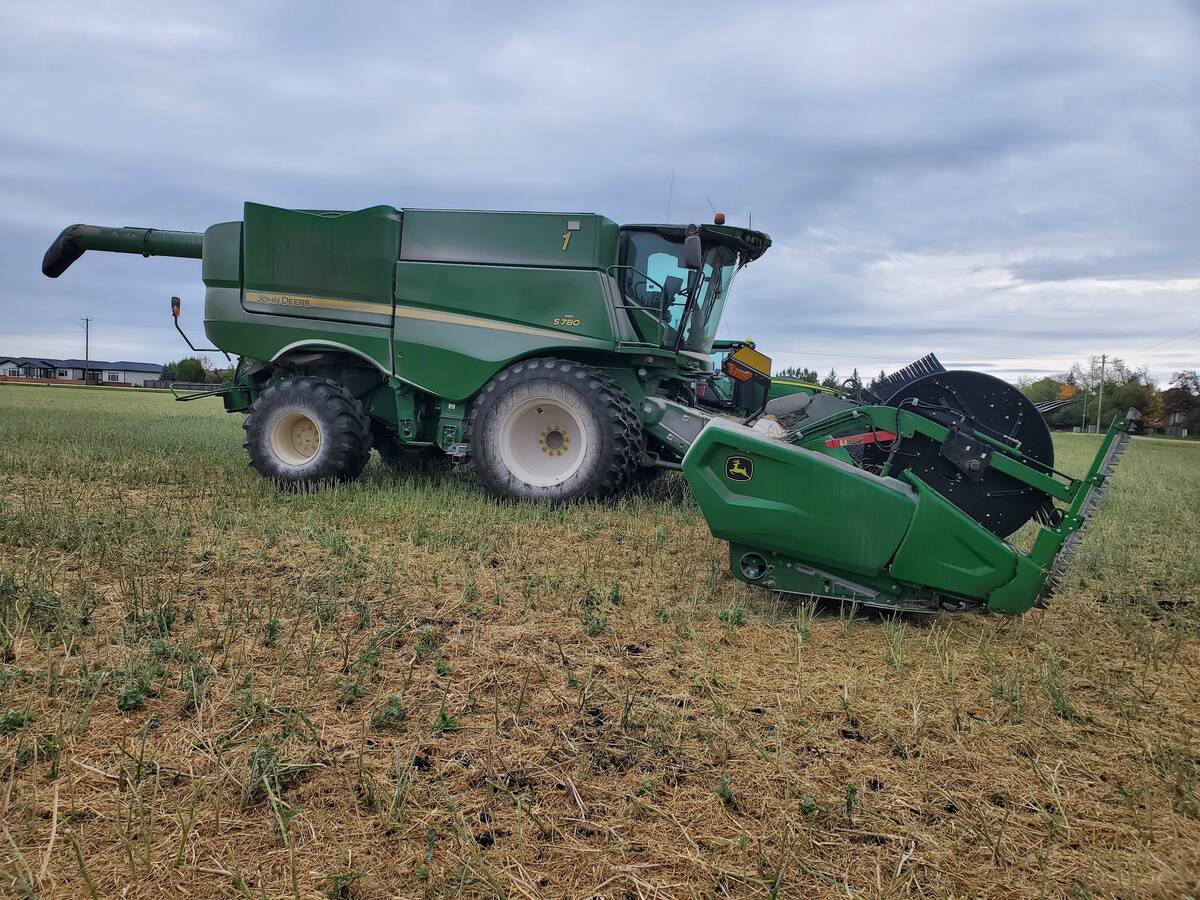Drought relief | Program has helped hundreds of livestock producers
Hay from Western Canada will continue to move east under the HayEast 2012 initiative even though government transportation assistance has expired.
Aj Thakker of the Agricultural Producers Association of Saskatchewan said the campaign will continue with money from private donations.
“They’re going to need hay in Ontario until June,” he said.
Drought in Ontario and parts of Quebec devastated crops, hay and pastures last summer, and HayEast was set up in response. Eastern farmers helped their western counterparts 10 years earlier through HayWest.
Thakker said more than 200 loads have helped 360 livestock producers so far. Money in the bank will help send another 50 or 60 trucks, he said, but the amount will be nowhere close to what is needed.
Read Also

Powdery mildew can be combine fire risk
Dust from powdery mildew can cause fires in combines.
In November, the federal and Ontario governments announced a shared $500,000 cash contribution for transport. They also said they would match cash donations to a maximum of $2.5 million.
That program expired Feb. 28.
The final accounting for that assistance isn’t complete.
But Thakker said thanks to the generosity of trucking companies, organizers were able to stretch their dollars.
“Truckers were donating about 40 to 45 percent of the cost of the load back to us,” he said.
An Edmonton-to-Toronto backhaul costs about $7,000 but HayEast could get a rate of perhaps $3,800, he said.
The difference was considered a donation and should be matched through the government program.
Ontario’s agriculture ministry is handling the accounting for the program.
Any hay moving through HayEast after Feb. 28 is still likely to receive the freight discount from the trucking company but isn’t eligible for the matching funds.
“We’ll move as much hay as we can find,” Thakker added.
Farmers in the most affected areas are eligible to receive help through AgriRecovery. However, Thakker said program restrictions meant dairy farmers and horse owners were excluded.
Many beef producers have also found that limits on how far away they could source feed have excluded them from any help, he said.
Efforts to work with AgriRecovery to use HayEast’s trucking to get feed within the allowed distance and then let the farmer pay freight — and be eligible for AgriRecovery — were unsuccessful, Thakker said.

















